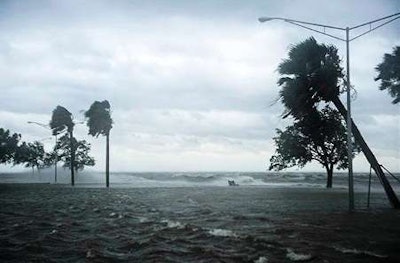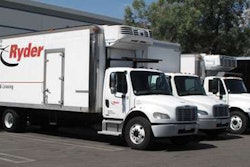
The U.S. Department of Transportation on Wednesday, Sept. 5, announced $3.5 million in quick release emergency relief funds has been made available to the Louisiana Department of Transportation and Development to help repair roads and bridges damaged by Hurricane Isaac.
“The Obama administration is committed to help Louisiana recover from Hurricane Isaac,” said U.S. Transportation Secretary Ray LaHood. “Travel has been disrupted, and these emergency relief funds will help the state with key repairs.”
Hurricane Isaac came ashore in southern Louisiana near Terrebonne Bay on Aug. 29 and continued in a northwest direction through New Orleans, Baton Rouge, Alexandria and Monroe. The damage, primarily from wind and flooding, affected more than 24 parishes but was particularly severe in Plaquemines, Lafourche and St. John the Baptist parishes.
Overall damage to federal-aid highways initially is estimated at $31 million, although some areas in southern Louisiana remain impassible due to flooding, and the extent of the damage is unknown at this point. Quick release emergency funds provided by the Federal Highway Administration will be used to pay for debris removal and the repair of traffic signals and signs, highway shoulders and movable bridges.
“We’re working in partnership with Louisiana to help restore critical transportation routes,” said FHWA Administrator Victor Mendez. “The emergency relief funds we’re providing today represent a down payment on our commitment to help get things back to normal for residents and assist the state with future repairs.”
The announcement builds on the Major Disaster declaration for Louisiana approved by President Obama Aug. 29, which makes federal assistance – including these emergency relief funds – available to supplement state and local response and recovery efforts.
FHWA’s emergency relief program provides funds for the repair or reconstruction of federal-aid roads and bridges damaged by natural disasters or catastrophic events. Restoring critical infrastructure is essential to enabling first responders and relief workers to access impacted communities and to quickly restoring services to impacted residents.











